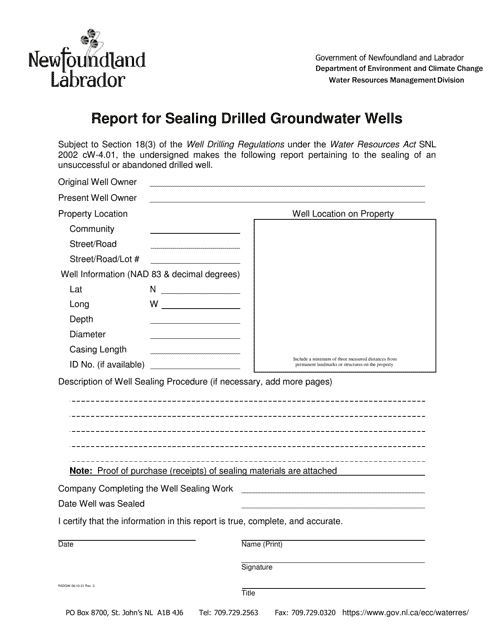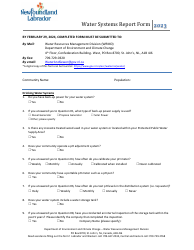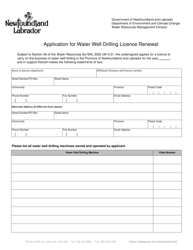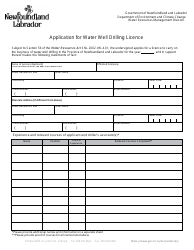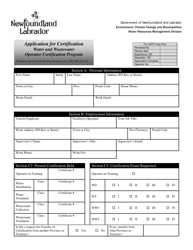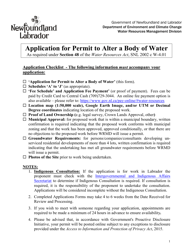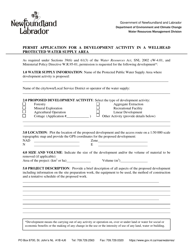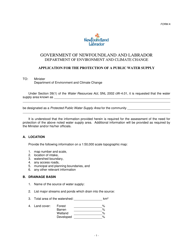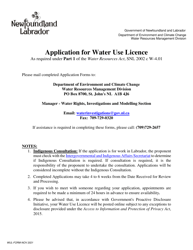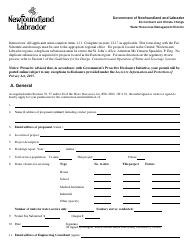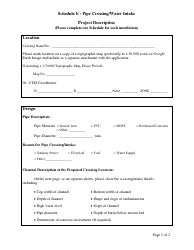Report for Sealing Drilled Groundwater Wells - Newfoundland and Labrador, Canada
The report for sealing drilled groundwater wells in Newfoundland and Labrador, Canada is for ensuring the proper sealing and abandonment of drilled wells to prevent contamination and protect the groundwater resources.
In Newfoundland and Labrador, Canada, the responsibility for filing a report to seal drilled groundwater wells typically lies with the person or organization that drilled the well. They are usually required to report the sealing of the well to the appropriate government authority or regulatory agency.
FAQ
Q: What is the purpose of sealing drilled groundwater wells?
A: The purpose of sealing drilled groundwater wells is to prevent contamination and protect the aquifer.
Q: Who is responsible for sealing drilled groundwater wells in Newfoundland and Labrador, Canada?
A: The responsibility of sealing drilled groundwater wells lies with the well owner or operator.
Q: What steps are involved in sealing drilled groundwater wells?
A: The steps involved in sealing drilled groundwater wells include removing the pump and equipment, cleaning the well, disinfecting the well, and filling it with an approved sealing material.
Q: Why is it important to clean and disinfect the well before sealing it?
A: Cleaning and disinfecting the well help remove any potential sources of contamination and ensure the effectiveness of the sealing process.
Q: What materials are used for sealing drilled groundwater wells?
A: Approved sealing materials such as neat cement grout or bentonite-cement grout are commonly used for sealing drilled groundwater wells.
